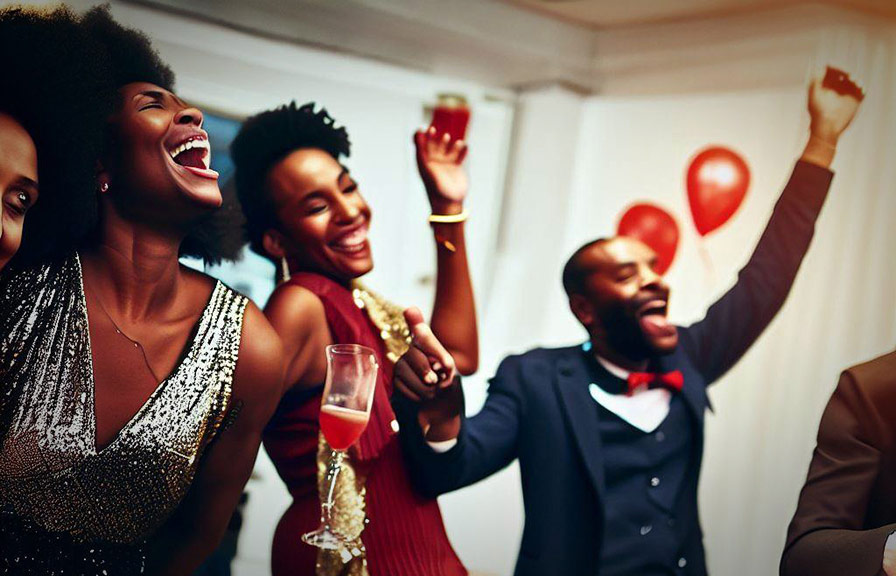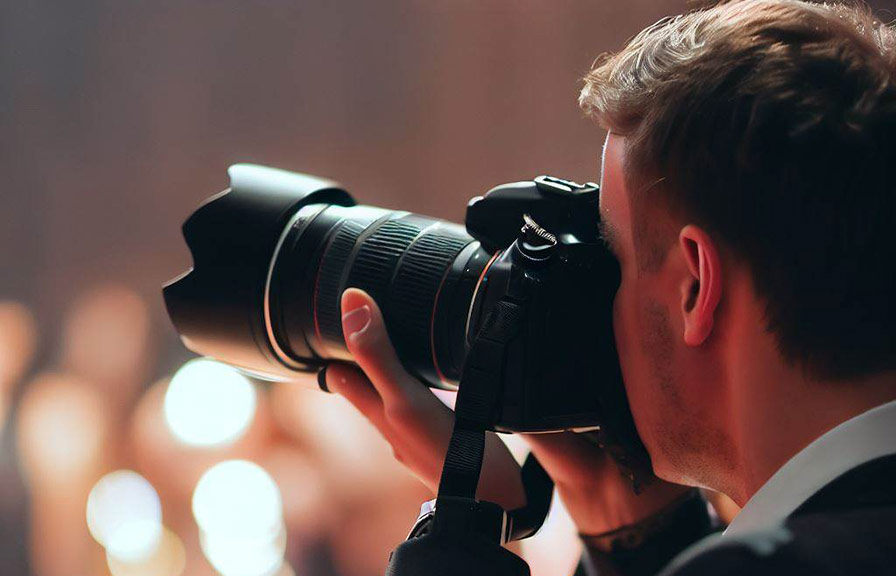Did you know that humans can recall more than 1 trillion unique memories? this incredible ability to store and retrieve experiences is one of the reasons why capturing memories through photographs is so essential. in this post, we'll explore how to capture the perfect moments at an event, choose the right
Camera for event photography, and find the best lenses for capturing incredible images. let's dive in and learn how to make the most of your event photography skills!

Capturing the perfect moment at an event
Capturing the perfect moment at an event is all about timing, anticipation, and being in the right place at the right time. here are some tips to help you seize those unforgettable moments:
1. Know the event schedule: familiarize yourself with the event's program, so you know when and where key moments will happen. this will help you plan your shots and be prepared to capture those special memories.
2. Anticipate the action: keep an eye on the crowd and look for signs of excitement, laughter, or surprise. these are often the moments that make for great photographs. be ready to snap the shot when the moment arrives.
3. Get closer to the action: don't be afraid to move around the event and position yourself close to the action. sometimes, the best photos are the ones that are taken from an unexpected angle or perspective.
4. Take multiple shots: when trying to capture a specific moment, take several photographs in quick succession. this will increase your chances of getting the perfect shot and provide you with more options to choose from later.
5. Be patient: sometimes, the most memorable moments happen when you least expect them. so, be patient and keep your camera ready to capture those once-in-a-lifetime memories.
Choosing the right camera for event photography
When it comes to event photography, the right camera can make all the difference. here's what to look for when selecting a camera for capturing those unforgettable moments:
1. Sensor size: a larger sensor will typically produce better image quality, especially in low-light situations. full-frame cameras are ideal for event photography, but crop-sensor cameras can also produce excellent results.
2. Low-light performance: events often take place in dimly lit environments, so choose a camera with good low-light performance. look for a camera with a high iso range and low noise levels at higher iso settings.
3. Autofocus system: a fast and accurate autofocus system is essential for capturing fast-moving subjects and fleeting moments. look for a camera with a high number of autofocus points and advanced tracking capabilities.
4. Burst rate: a high burst rate enables you to take multiple photos in quick succession, increasing your chances of capturing the perfect moment. look for a camera with a burst rate of at least 5 frames per second.
5. Battery life: long battery life is crucial for event photography, as you don't want to miss a moment due to a dead battery. choose a camera with a reputation for good battery life or invest in spare batteries to ensure you're always ready to shoot.
The best lenses for event photography
Selecting the right lens for event photography can greatly impact the quality of your images. here are some key factors to consider when choosing a lens:
1. Zoom range: a versatile zoom range will allow you to capture a variety of shots without constantly changing lenses. consider a 24-70mm or 70-200mm lens for a good balance of wide-angle and telephoto capabilities.
2. Aperture: a lens with a wide maximum aperture (such as f/2.8 or wider) will enable you to capture better images in low-light conditions and create a shallow depth of field for more professional-looking photos.
3. Image stabilization: image stabilization can help reduce camera shake and produce sharper images, especially when shooting handheld in low-light situations. look for lenses with built-in image stabilization.
4. Focal length: the focal length you choose will depend on the type of event you're photographing. for large events, a telephoto lens (e.g., 70-200mm) is ideal for capturing close-ups of people and details from a distance.
For smaller events or more intimate settings, a wide-angle lens (e.g., 16-35mm) can help you capture the entire scene and create dynamic compositions.
5. Prime lenses: while zoom lenses offer versatility, prime lenses (fixed focal length) often provide superior image quality and faster maximum apertures. consider adding a 50mm f/1.8 or an 85mm f/1.8 to your kit for portraits and low-light situations.
Here's a little-known fact: the world's largest photograph was taken using a 6mm fisheye lens! the image, called "the great picture," measures a staggering 31.5 x 9.7 meters (103.4 x 31.8 feet) and was captured bya group of artists known as the legacy project.
While a fisheye lens might not be the most practical choice for event photography, it's a testament to the incredible range of possibilities that lenses offer.
Conclusion
Taking a professional event photo that makes memories requires a combination of timing, anticipation, and the right equipment. by following the tips provided in this post, you'll be well on your way to capturing unforgettable moments at any event.
Remember to familiarize yourself with the event schedule, anticipate the action, get close to the action, take multiple shots, and be patient. choose a camera with a large sensor, good low-light performance, a fast autofocus system, a high burst rate, and long battery life.
Finally, select lenses with a versatile zoom range, wide maximum aperture, image stabilization, and the right focal length for your needs. and who knows, maybe your next event photo will become a cherished memory for someone, just like "the great picture"!
